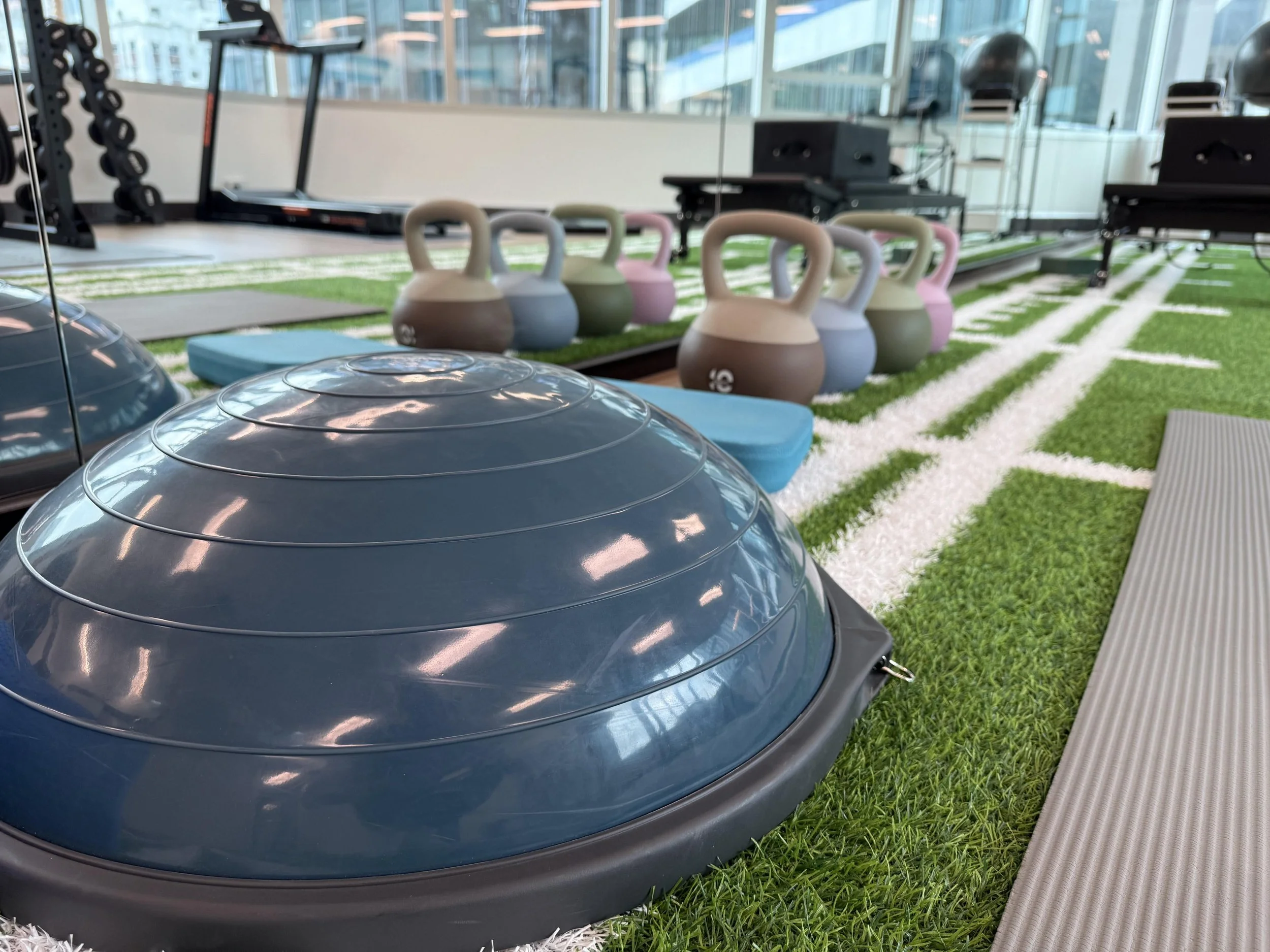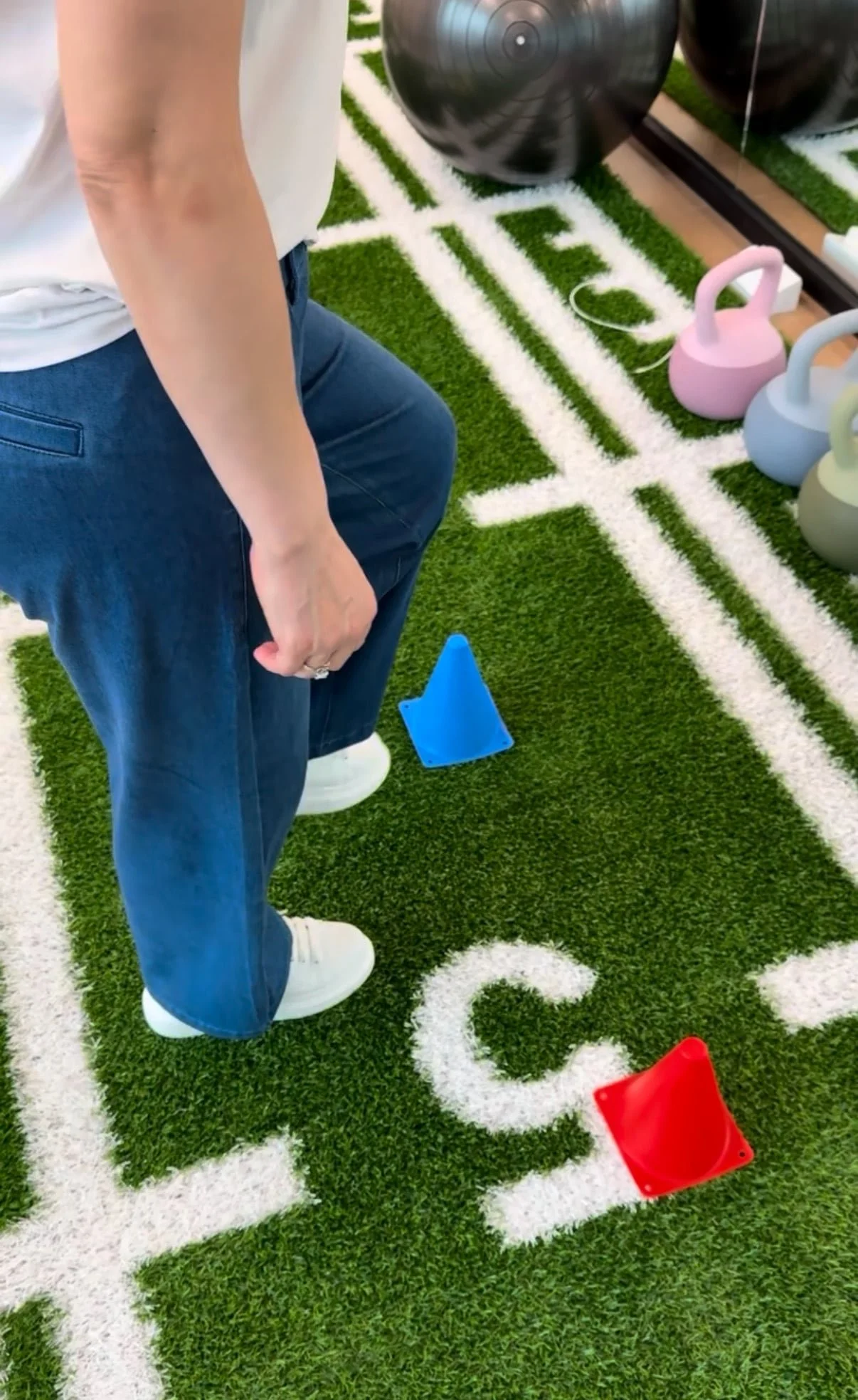
Our Services - Vestibular Rehabilitation
Vestibular Rehabilitation
What is vestibular rehabilitation
Vestibular rehabilitation is a specialized form of physical therapy designed to alleviate problems related to the vestibular system, which is responsible for balance and spatial orientation. This system includes structures in the inner ear and parts of the brain that help control balance, eye movements, and coordination.
Symptoms, Treatments and Approach
Who Needs Vestibular Rehabilitation?
Vestibular rehabilitation is highly beneficial for individuals experiencing chronic dizziness or balance issues. If you're looking for specialized physio for vestibular rehab, you may have conditions such as:
Benign Paroxysmal Positional Vertigo (BPPV): The most common cause of vertigo.
Vestibular Hypofunction: A decrease in inner ear function on one or both sides.
Vestibular Neuritis or Labyrinthitis.
Ménière's Disease.
Persistent Postural Perceptual Dizziness (PPPD).
It’s also an essential intervention for:
Older adults at risk of falls,
Patients recovering from concussions or inner ear surgery, and
Individuals managing neurological disorders (e.g., Parkinson’s disease, multiple sclerosis) that affect balance.
If you are struggling with dizziness or imbalance, consulting a healthcare professional is the first step to exploring the potential benefits of vestibular rehabilitation.
How Does a Physio Test for Vestibular Hypofunction?
A skilled physiotherapist specializing in vestibular rehabilitation will perform a comprehensive assessment to determine the cause of your symptoms. Testing for conditions like vestibular hypofunction involves several key clinical assessments:
Clinical History Review: An in-depth discussion about your specific symptoms (when they occur, how long they last) and your medical history.
Balance & Gait Tests:
Romberg Test: Assessing balance while standing with feet together, both with eyes open and closed.
Posturography: Advanced testing that measures your ability to maintain balance under various sensory conditions.
Vestibular Ocular Reflex (VOR) Testing: The VOR is critical for keeping your vision clear while your head is moving.
Head Impulse Test (HIT): Observing eye movements during rapid, small head turns to check the function of the inner ear.
How to Treat It: Vestibular Rehabilitation Exercises and Physio
Treatment for vestibular hypofunction and other inner ear disorders typically involves a targeted program of vestibular rehabilitation exercises designed by a qualified physio. These exercises are aimed at promoting the brain’s ability to use other senses (like vision and touch) to compensate for the inner ear deficit, a process known as vestibular compensation.
Key components of vestibular rehabilitation include:
Gaze Stabilization Exercises:
To improve the control of eye movements, ensuring clear vision during head motion.
Postural Stability Exercises:
Activities designed to enhance balance, standing stability, and dynamic control (like standing on different surfaces).
Habituation Exercises:
Repeated exposure to movements or positions that provoke dizziness, which gradually decreases the brain's sensitivity to these motions.
Gait Training:
Specialized exercises to improve walking stability, reducing the risk of falls and improving confidence.
Education and Lifestyle Modifications:
Teaching patients about their specific condition, including strategies for managing symptoms and making daily life safer and easier.
The best vestibular rehabilitation programs are customized to the individual's specific deficits and goals.

